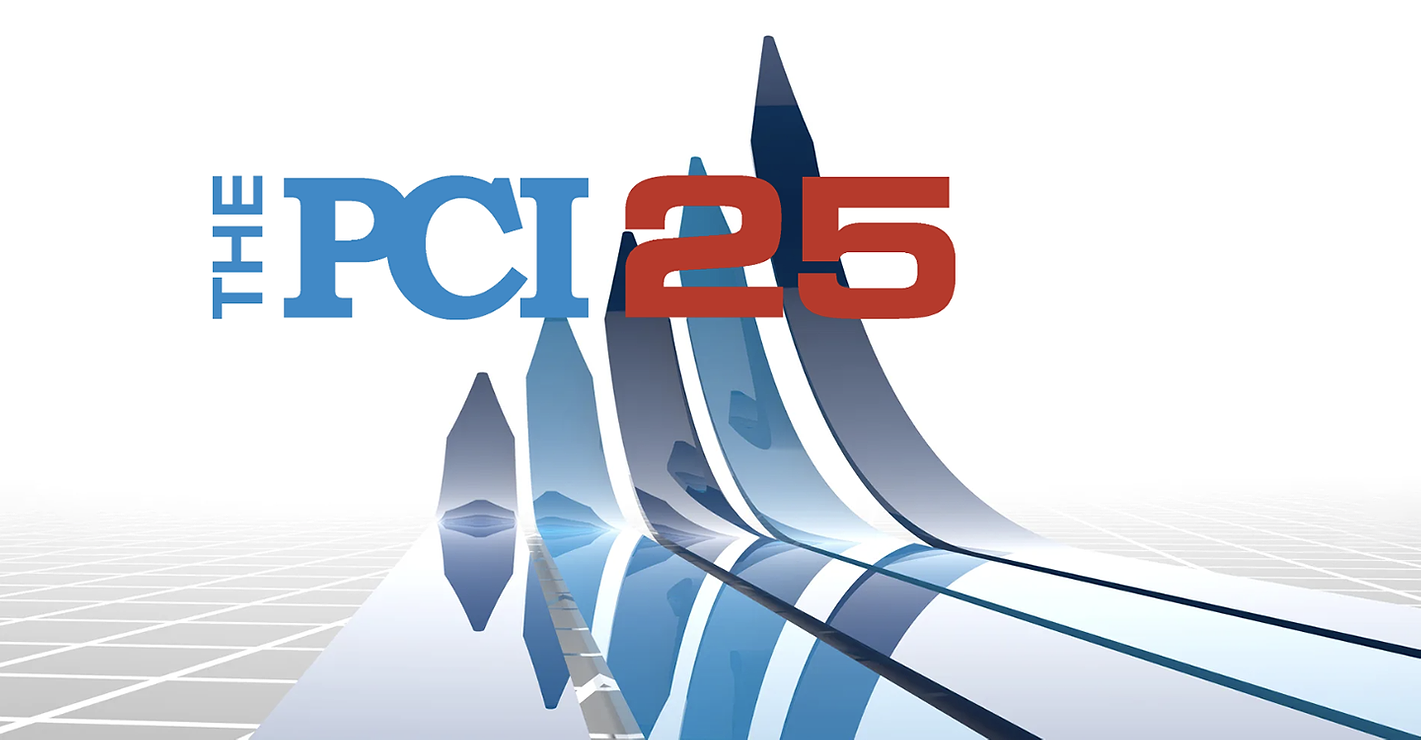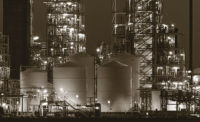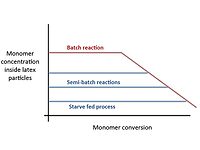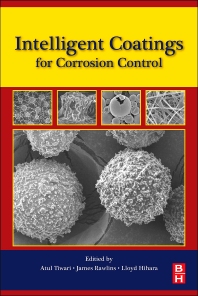What Does 'Liberation Day' Mean for Coatings?

Credit: Pavlo Stavnichuk / iStock via Getty Images Plus
On April 2, 2025, President Donald Trump announced a sweeping new trade policy that includes a baseline 10% tariff on all imports and elevated tariffs on countries with large trade surpluses with the United States, such as China (34%) and Mexico (15%). The tariffs are part of what the administration is calling "Liberation Day," a new national policy aimed at boosting U.S. manufacturing and economic self-reliance. The measures are set to take effect April 5, 2025.
Importantly, the 34% tariff on Chinese goods is in addition to existing duties—bringing the effective total to approximately 54% for many imports from China. For Mexico, a 25% tariff imposed in early March remains in place, and the new 15% rate will apply to additional goods not previously covered. The total tariff impact will vary depending on whether goods qualify for exemptions under USMCA rules.
The paint, coatings and chemical industries, which rely heavily on global supply chains and imported raw materials, could be significantly affected. Many ingredients critical to coatings formulations, such as titanium dioxide, solvents, additives and specialty resins, are imported from regions now facing steeper tariffs. Industry experts warn this could drive up costs and impact manufacturing lead times.
The American Coatings Association (ACA) has flagged potential disruptions in chemical sourcing and elevated production costs. The ACA noted that Canada and Mexico—two of the U.S. coatings industry’s most important trading partners—account for nearly $2.1 billion in coatings-related trade annually. Higher tariffs on materials from these countries may jeopardize that flow and force companies to explore new sourcing strategies.
Likewise, the American Chemistry Council (ACC) has voiced concerns, emphasizing how intermediate chemicals and base compounds often move across borders multiple times during the manufacturing process. Tariffs on each crossing could significantly raise overall production costs, making domestic production less competitive.
Industry analysts also point to potential ripple effects across downstream markets. Since the construction industry is a major consumer of architectural and industrial coatings, any spike in coatings prices could delay infrastructure, commercial and residential building projects.
At the recent 2025 European Coatings Show in Nuremberg, Germany, PCI editors spoke with numerous suppliers and manufacturers, many of whom noted that these evolving trade dynamics are prompting them to reconsider their production footprints. Several companies indicated plans to establish or expand manufacturing on multiple continents—including the United States—to reduce dependence on any one market and build resilience against tariff-related shocks.
While the Trump administration maintains that the tariffs will stimulate domestic production and safeguard American industries, companies across the coatings and chemical sectors are bracing for near-term volatility and evaluating long-term adjustments to global operations.
Looking for a reprint of this article?
From high-res PDFs to custom plaques, order your copy today!






